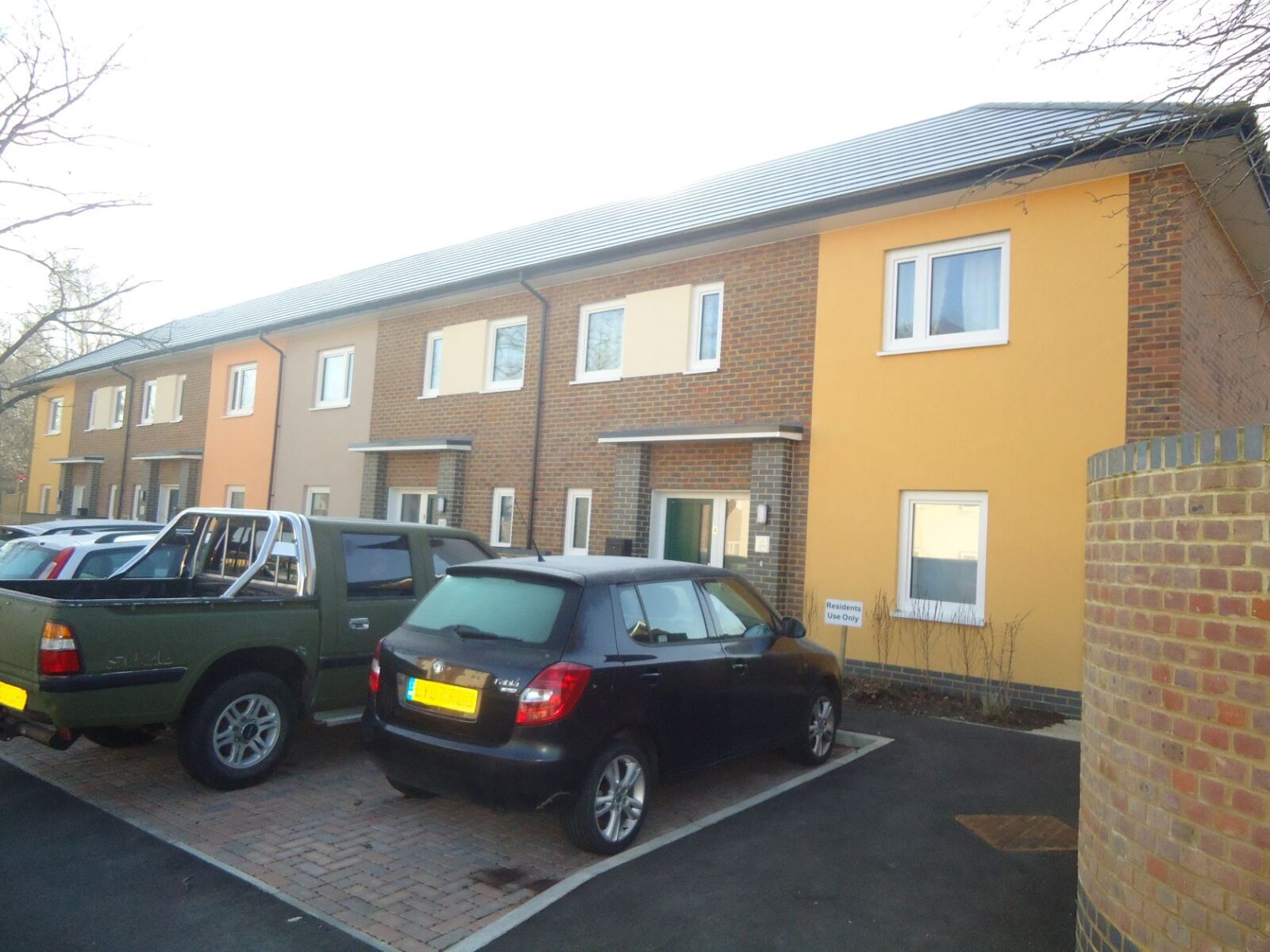Crawley Labour Party #Delivering4Crawley

For every four council properties we build in Crawley, we know we will lose three to Right-to-Buy by the time they are built. Increasing the overall supply of new affordable housing has been Labour’s number one priority in Crawley over the seven years since we regained control of the council, but despite being one of the best performing councils in the country for delivering new affordable properties, Right-to-Buy means that it will take us decades to make any serious inroad into our housing list.
Crawley was the second of the new towns built by the post-war Labour Government. Its purpose was to move families from slum housing in central London out into well-planned communities, largely made up of council housing. Following Right-to-Buy, the majority of the town’s council housing has been lost, many of which have now resemble the same run-down buy-to-let properties which the town was set up to cure. This comes with the added sting in the tail that the high cost of local housing means the Government often now has to help cover unaffordable rents in the form of housing benefit for properties they sold off at a discount, a discount which has cost the public sector over £265m in Crawley alone.
While I’d expect that many–perhaps most–Labour members would support doing away with the policy entirely, that’s not actually what I’m suggesting here. The 1959 Labour Manifesto was the first of any party to propose implementing a Right-to-Buy policy and in the face of the Conservatives’ housing proposals the 1979 Labour Manifesto made it clear that Labour did not oppose the sale of council houses to sitting tenants. In principle, Right-to-Buy provides a route for those on the lowest incomes to access home ownership, ensuring that the largest part of their household expenditure isn’t lost to them permanently while the housing costs of those on higher incomes acquire them an major asset.
Clearly, for Thatcher the goal was never empowering those on low incomes, it was political. She believed that by shifting people from council tenancies into owner-occupation you would move their focus from what the state could do for them to what the market could do for them, changing their voting behaviour. I think it’s fair to say that she was largely successful in achieving this and since the goal was getting people out of council housing, there was no attempt to ensure the system could replace the units which were being lost.
So, what can the next Labour Government do about this? For that we ought to look again at what the party said in its 1979 manifesto:
‘Labour does not oppose the sale of council houses to sitting tenants of two years’ standing who want to buy, so long as such sales are at a fair price and do not damage a local authority’s ability to meet the demands for decent homes to rent. But Labour will continue to oppose the sales of council housing in areas of serious housing need.’
Four decades on, the level of housing need in the UK is such that if this position was re-adopted, nowhere in the country would be selling any properties. However, the reality is if we want to significantly increase council housing in the UK, we need another Labour Government and ruling out Right-to-Buy would even now cost the party far too much support. Instead, we need to modify Right-to-Buy to make it possible for the country to deliver and maintain sufficient council housing stocks for those who need it, but doing so in a way which most of the public would consider to be ‘fair’.
Money isn’t everything when it comes to council housing delivery, but with enough of it you can usually get around the other issues, and the biggest issue with Right-to-Buy is the scale of the discount. Polling consistently shows public support for council housing and it is fairly easy to make the case that if properties are being lost under Right-to-Buy, councils should at least get back enough money to replace each unit lost, without any of the difficult rules the Government currently applies to the spending of council housing receipts.
Instead of ending Right-to-Buy, the next Labour Government should commit to doing away with the current arbitrary discount and instead introducing a fair discount. Such a discount would be based on what has already been paid in rent, less any maintenance and administration costs incurred in the course of the tenancy. As the value of each property will have increased since their construction, under this system councils would receive sufficient funding for not only maintaining, but increasing their council housing stocks. At the same time, as tenants won’t be incurring interest on a mortgage for the full value of the property, Right-to-Buy would continue to provide the lowest cost route to home ownership, while being easy to sell to the public on the basis of the contributory principle: people are getting out what they’re paying in.
The UK is years into a housing crisis with decades yet to come. Any solution must involve council housing, which is only sustainable with changes to Right-to-Buy. By ensuring Right-to-Buy discounts reflect what people have paid into the system, we can put council housing on a sustainable footing, without losing the lowest cost route to home ownership or throwing away another General Election.
Cllr Peter Lamb
Leader, Crawley Borough Council
